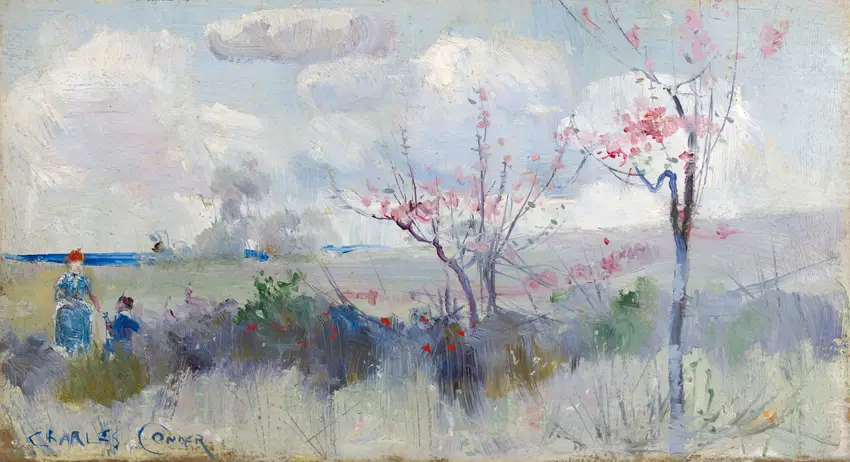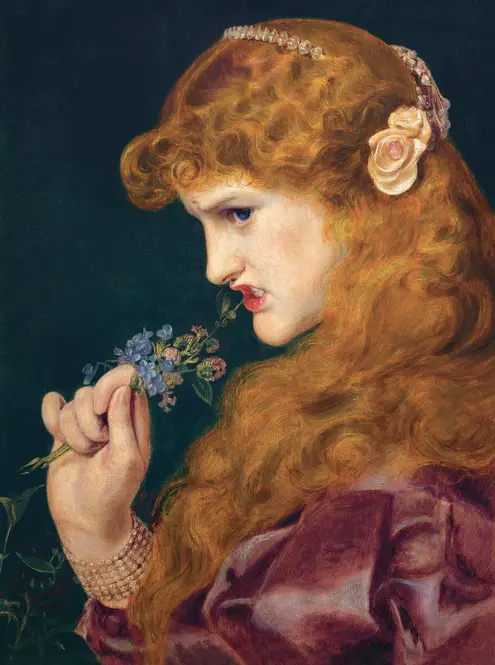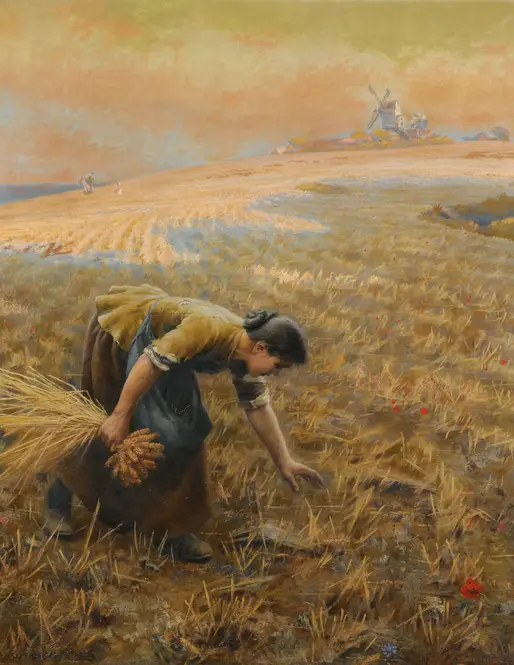Vincent van Gogh’s *Olive Orchard* captures the raw, untamed beauty of nature with swirling brushstrokes that seem to pulse with life. The gnarled olive trees twist under a sky alive with movement, their leaves flickering like flames in the wind. Van Gogh painted this during his time in Saint-Rémy, where the Provençal landscape became both his refuge and obsession. The earth itself feels restless—streaks of ochre and green surge upward, as if the ground is breathing. Shadows stretch long and jagged, suggesting the harsh southern sun, while the trees stand as ancient witnesses, their trunks etched with time.
There’s a tension here between serenity and turmoil, a hallmark of van Gogh’s late work. The olives aren’t just fruit; they’re symbols of endurance, their silvery leaves shimmering against the turbulent blues and yellows. He wrote to his brother Theo about these orchards, calling them ‘painful’ yet ‘beautiful,’ a duality echoed in every stroke. Look closely, and you’ll spot dashes of crimson—tiny bursts of passion amid the chaos. It’s as if the painting isn’t just seen but felt, a testament to van Gogh’s ability to turn agony into something luminous.



-full.webp)
-full.webp)
-full.webp)

-full.webp)
-full.webp)